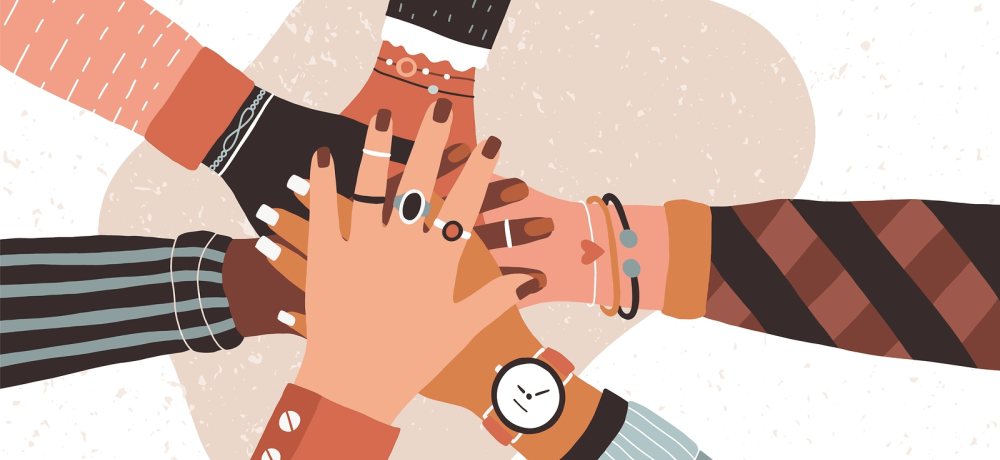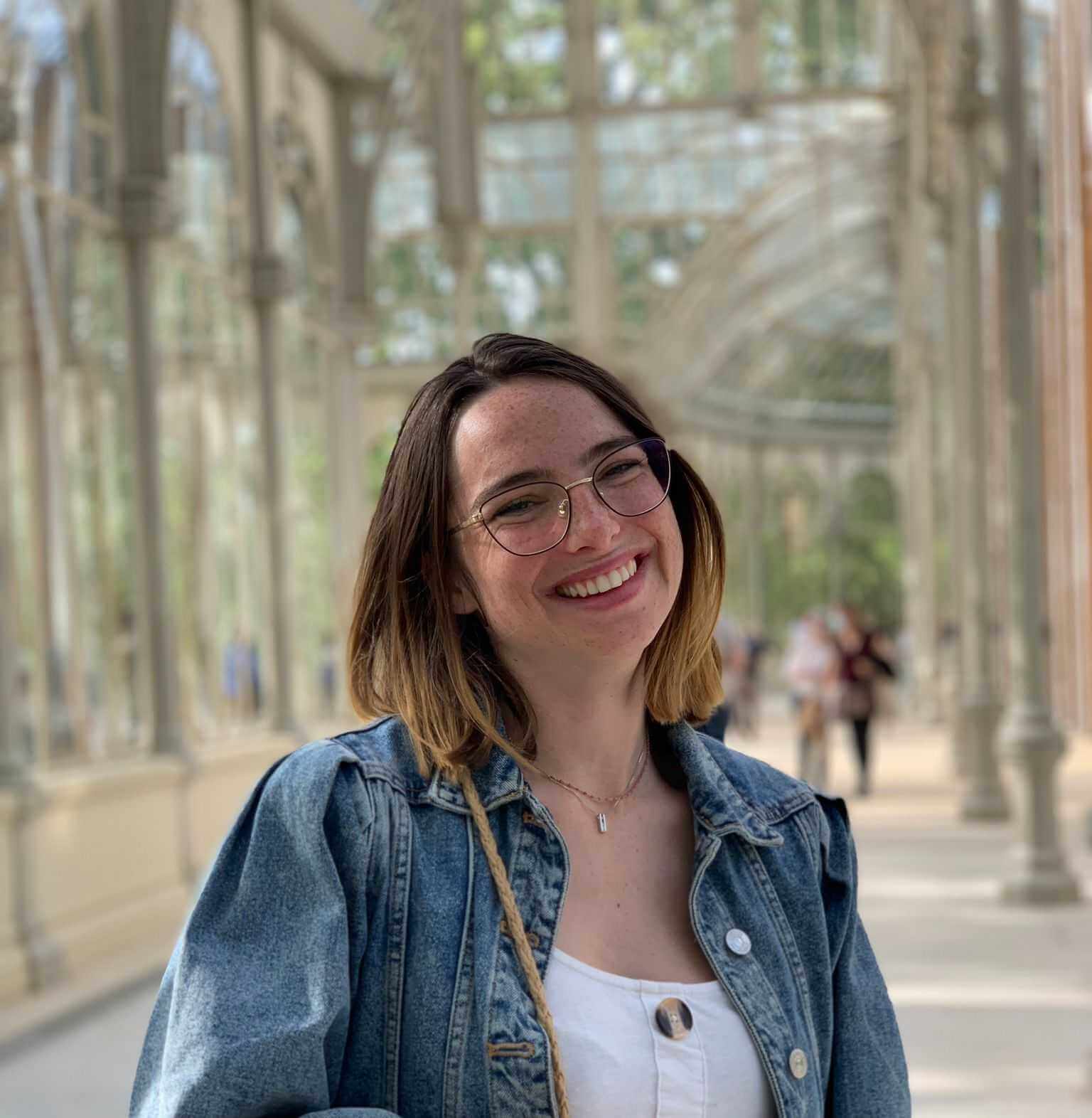
Rodney Frank interview: Art-based Diversity and Inclusion
“We create the spaces for people to feel, engage with, and discuss their feelings. Everyone needs to go on their own journey with regard to diversity and inclusion. We set the foundation for you.” – Rodney Frank, Vision in Motion CEO
What is Diversity and Inclusion?
Diversity refers to the traits and characteristics that make people unique (e.g. gender, ethnicity, age, physical ability, etc…). Inclusion refers to the behaviors and social norms that ensure people are treated fairly and respectfully. You can read more about the hurdles blocking diversity and inclusion here.
Art-based Diversity and Inclusion
Vision in Motion (VIM) started in 2014 in South Africa and moved to the Netherlands in the last year. The company focuses on diversity and inclusion through a unique approach by mobilizing the Arts. By means of training, motivational sessions, and workshops such as storytelling, music, and even VR, they follow a learner-centered approach designed to create meaningful experiences. They strike important conversations in and out of the workplace and showcase the benefits of differences in the most positive light. In a nutshell, VIM aims to create spaces and moments to connect with each other and to spark lasting behavioral changes. The foundations of this approach have been researched by Rodney Frank and his team at the University of KwaZulu-Natal (South Africa) for a few years before starting the company. Vision in Motion positions itself as an internal ambassador for transformation.
With a similar goal in mind, behavioral change, Neurofied takes a slightly different approach focused on science-backed interventions. As such, we had in a fascinating discussion with Rodney Frank, CEO of Vision in Motion, on the topic of Diversity & Inclusion and our different -yet similar- approaches to behavioral change. This article highlights the more art-based approach they use which we scientists also deeply respect.
The Art-based Diversity and Inclusion Approach
The first step in developing a diversity and inclusion intervention is to define the hurdles and problem(s). It can be done through a “temperature test workshop” or a “deep dive” session used to create a safe environment for the staff to share their challenges within the diversity and inclusion space. The next step is to report the findings to the HR department and follow up with a strategy to form the basis of the intervention aimed at changing behavior.
“We aim to present the theory in a different way. A lot of people understand the theory, but they don’t feel it.”
Changing Behavior
One possible way to change behavior is to focus on creating an emotional experience that leads to an emotional connection. At Vision in Motion, the arts are the chosen medium to facilitate this emotional connection.
“We want to create moments in the room where we can have an emotional connection to the topic, which then we hope to lead to behavior change”
Empathy is one of the powerful emotional tools that can be leveraged in behavioral change. A way to create empathy, Rodney Frank says, is to use VR to put people in situations they would have never experienced otherwise (e.g. harassment in the workplace, racial profiling, sensory overload etc…). The underlying idea is that behavioral change follows an emotional experience. Specifically, in the context of D&I, we can trigger thoughts like “What can I change about my behavior and the way I do things to be able to accommodate different people in different situations?”. These thoughts can be discussed and challenged during an empathy workshop aimed at facilitating the process of the emotional experience. The power of VR in behavior change lies in communication and openness afterward.
“The conversations that come out of this are incredible. You have 10 to 15 people having very profoundly different experiences of the same situation. That is where the learnings take place”.
The VR experience and subsequent workshop act as a catalyst for behavior change after which the goals of the intervention are reassessed.
“Initially, we create safe spaces where people can say whatever they want without fear. Then, we need to move, as a mature organization, to brave spaces where there is accountability for what we say.”
Note: Reach out to Vision in Motion for a free VR Demo on Diversity & Inclusion.
Behavior and the Arts
Aside from VR experiences, elements from the Arts are used to create emotional experiences. How are the Arts facilitating behavior change? They provide a safe space for people to be open, safe, and engage with sensitive topics. Art-based diversity and inclusion workshops (e.g., drums, theater, storytelling) have a way of shedding inhibition and creating a springboard to achieve the desired outcome – i.e behavior change.
You may be wondering how the focus was shifted from ‘traditional’ training to this unique learner-centered approach. Aside from a personal interest in the arts, Rodney Frank explains that he has attempted traditional training for many years in South Africa but was not satisfied with the limited tangible results that were obtained.
Unsurprisingly, this sparked an interest in finding alternative ways to educate people about Diversity and Inclusion. Rodney Frank’s vision is to ensure that people are co-creating the workshop with his team. This means that no two workshops will be the same and that participants are in charge of carving their own path to diversity and inclusion.
The backbone of workshops remains the same but the power is in the hands of the participants, they know their situation better than anyone else. The end goal is to empower other diversity and inclusion teams to carry out their own interventions.
The Power of Music
Rodney Frank illustrates the importance of the Arts, in the context of diversity and inclusion, with an example from the world of music – one person by themselves may not sound so good but together we create a synergy that makes the music. The analogy expands to the instruments themselves, for example, the drum workshop includes drums from all over the world that have different stories and journeys – just like people – and when they get together they create this harmonious sound.
“We allow people to find the links between drumming diversity by themselves”
The Power of Theater
Another example of a workshop offered by Vision in Motion is the applied theater workshop. In this workshop, participants are asked to perform their challenges and solutions in the shape of a small and short theater performance. This session includes a makeover of the participants with costumes, wigs, masks etc. Participants are challenged to identify with a character in the play whether it be the perpetrator, the victim, or the bystanders, and reflect on their emotions and those of others. The idea is to help people understand situations from a different perspective and challenge their behavior.
The Power of Stories
Alternatively, storytelling workshops can also be used to connect with people on an emotional level. These workshops aim to create safe spaces for people to share their stories but also create spaces for listening – which is sometimes lacking in corporate interactions. Taking the time to listen fully is a catalyst for introspective thoughts like “Wow…Could I do something different here? Or could I have done something differently?”. This focus on introspection is what, according to Rodney Frank’s vision, drives behavioral change.
What’s next for Vision in Motion?
“Our dream is to see work teams operate like communities and communities like families and mostly for people in these settings to truly belong.”
Creating safe spaces is a powerful tool to spark behavior change, however, sensitive topics can lead to difficult conversations. How do we handle accountability in sensitive workshops with open and honest communication? Vision in Motion is currently navigating its way through holding participants accountable and implementing this in their training journey.
“Those who have a strong sense of love and belonging have the courage to be imperfect.” – Brené Brown
Vision In Motion and Neurofied collaborate on Diversity & Inclusion projects as our art & science approaches to behavioral change complement each other well. If you’re interested, send us a message!
Also watch 100+ videos on our YouTube channel!
About Neurofied
Neurofied is a behavioral science company specialized in training, consulting, and change management. We help organizations drive evidence-based and human-centric change with insights and interventions from behavioral psychology and neuroscience. Consider us your behavioral business partner who helps you build behavioral change capabilities internally.
Since 2018, we have trained thousands of professionals and worked with over 100 management, HR, growth, and innovation teams of organizations such as Johnson & Johnson, KPMG, Deloitte, Novo Nordisk, ABN AMRO, and the Dutch government. We are also frequent speakers at universities and conferences.
Our mission is to democratize the value of behavioral science for teams and organizations. If you see any opportunities to collaborate, please contact us here.
